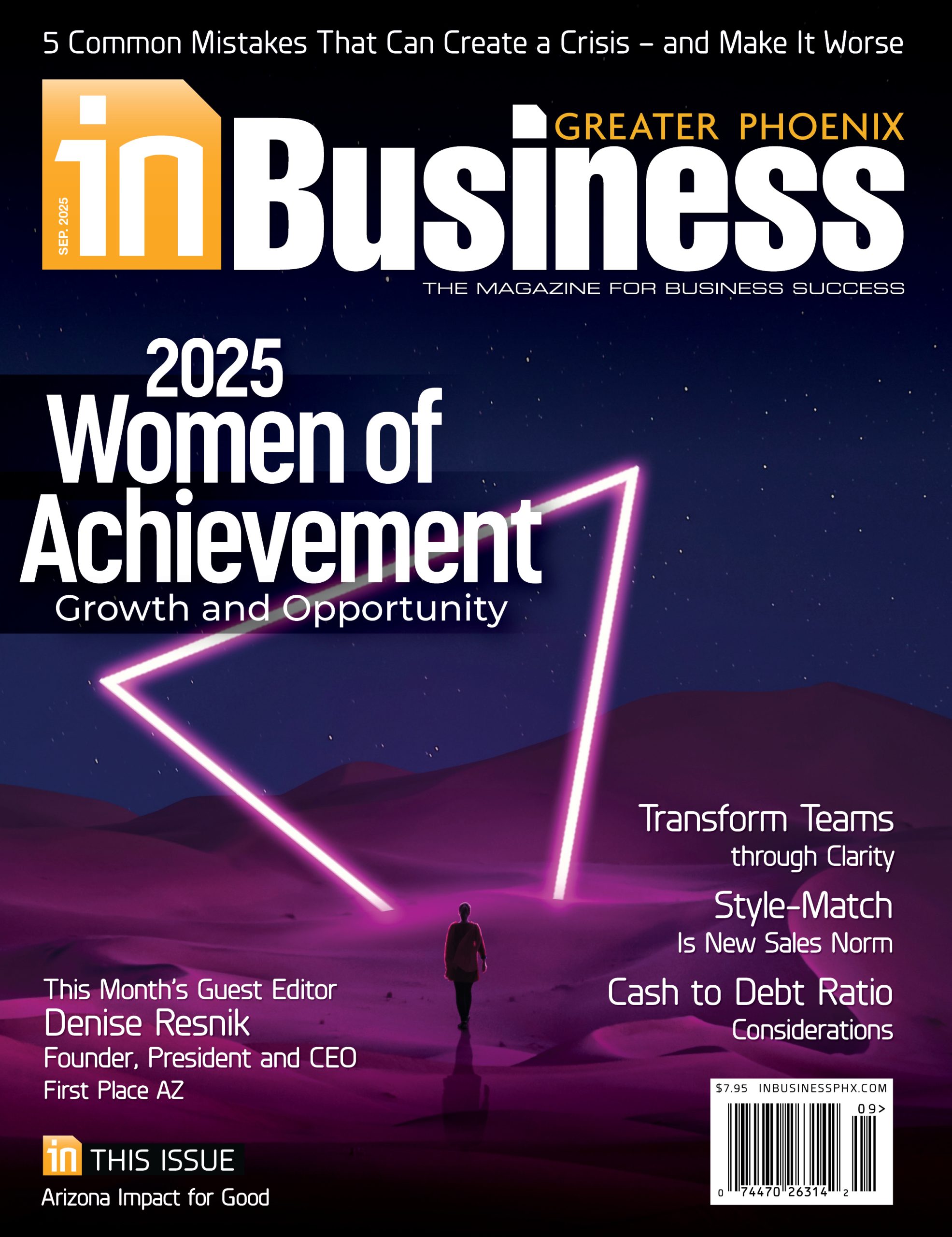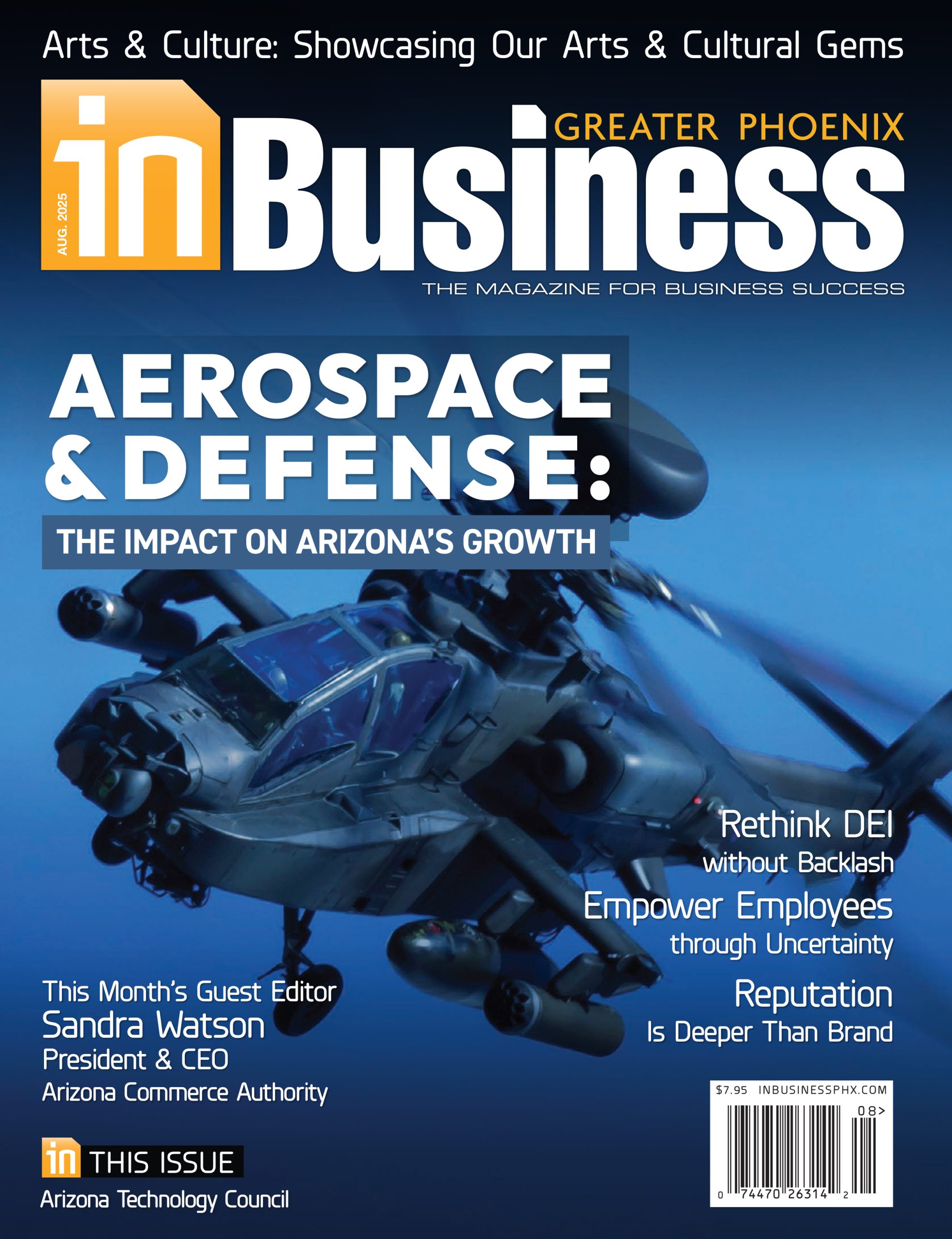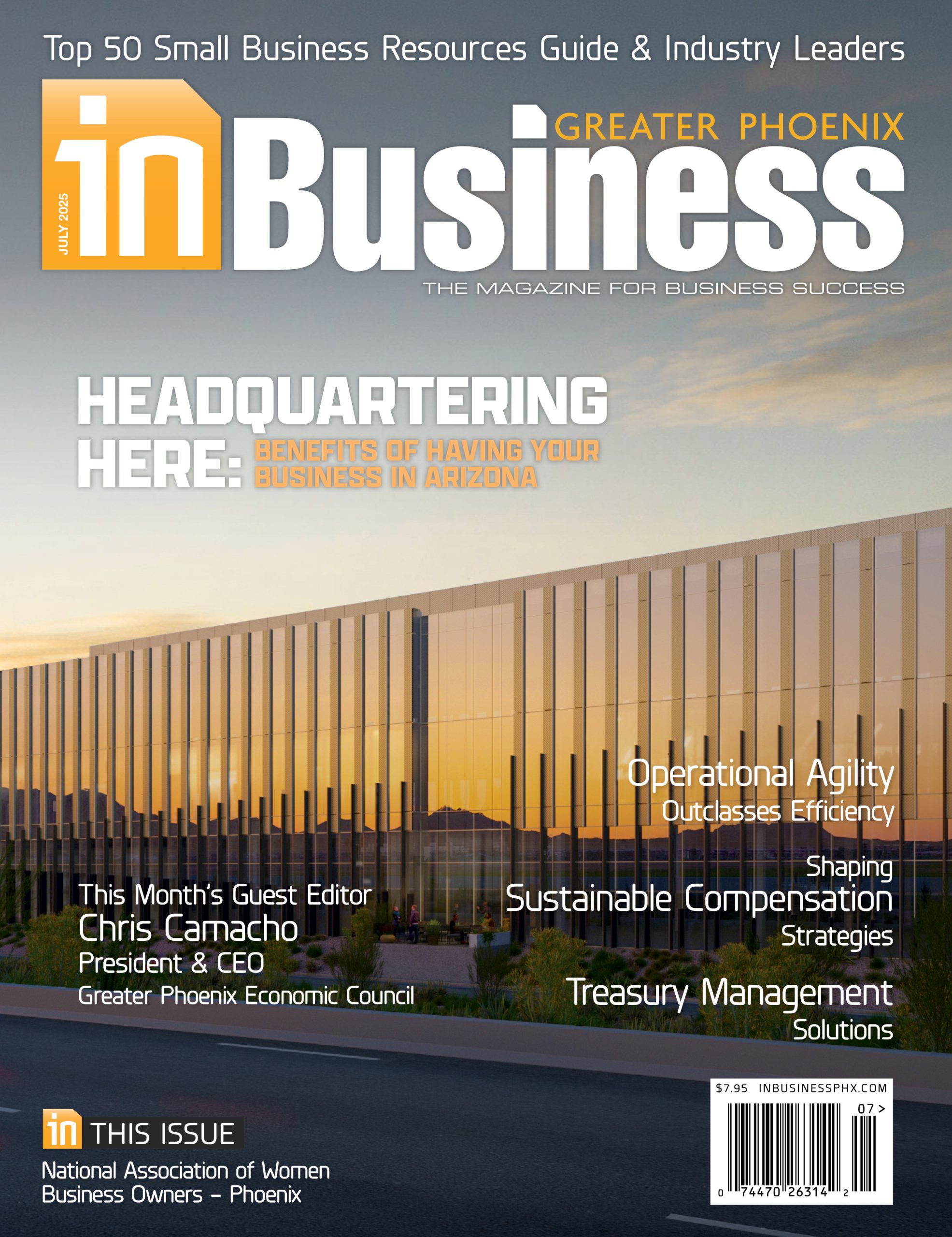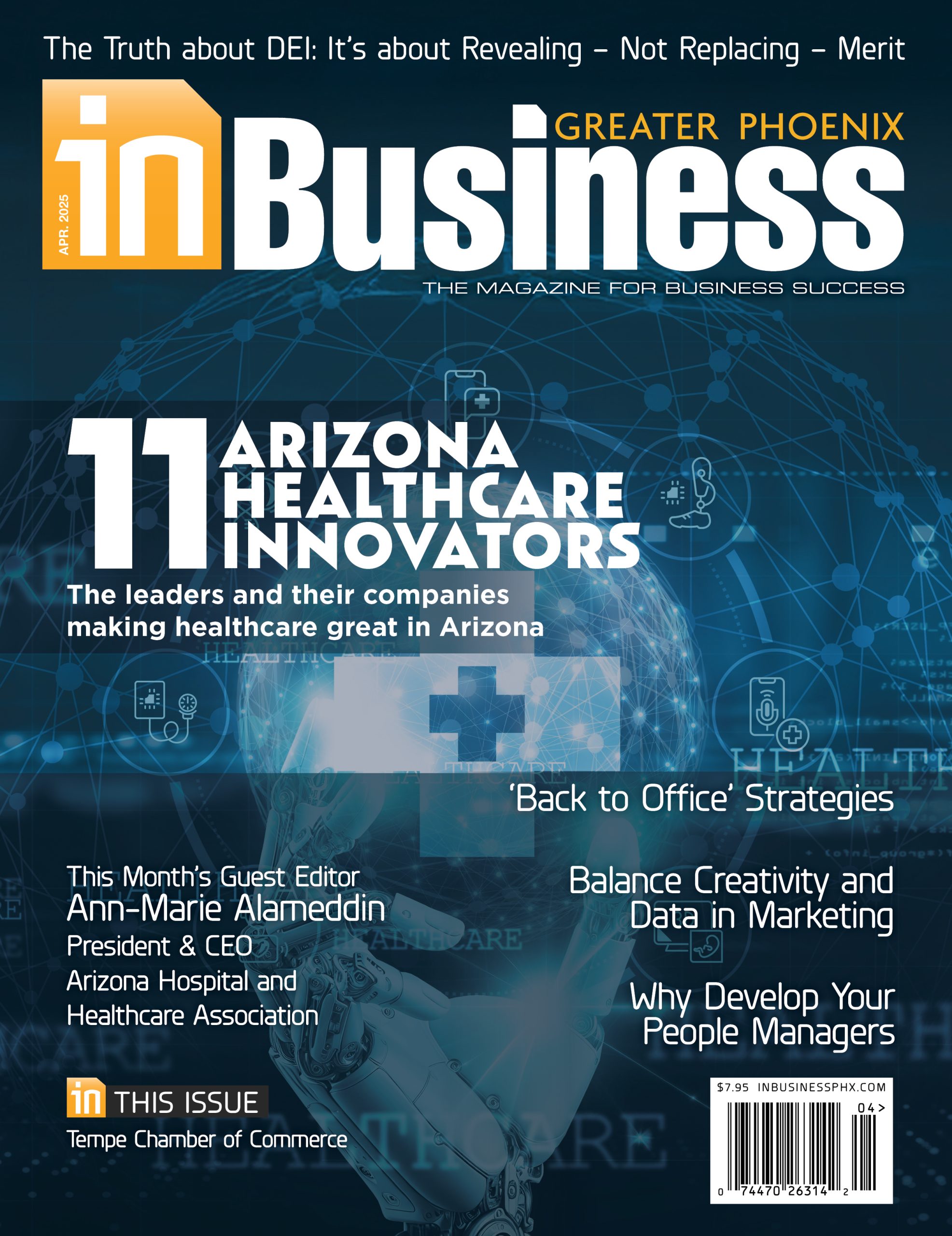Call it The 21st Century Renaissance. And Arizona is a key player in this phenomenon.
Yes, we have an arts and culture scene that is growing beyond what many of us would have imagined not that long ago.
But I’m also referring to the wave of innovation found in our technology and science sectors. Not a day goes by when there isn’t news involving fields such as semiconductors, electric vehicles, aerospace and space. A new generation of smart, high-tech manufacturing is taking hold here.
Once viewed as a retirement state, Arizona now boasts a booming advanced manufacturing sector — from Intel’s $32 billion investment in semiconductor fabs in Chandler and TSMC’s $185 billion in Phoenix to Lucid Motors repurposing and reshaping EV production along the Interstate 10 corridor.
Add to that our state’s proximity to key logistics hubs like the Port of Los Angeles. A robust freight rail network also makes Arizona an ideal node in reshoring supply chains.
In my own backyard, the Optics Valley Committee — which I help oversee through the Arizona Technology Council — offers a case study in how regional clusters can align with national goals. Modeled loosely on the Fraunhofer model of applied research funding for innovation, Optics Valley brings together academia, startups and legacy firms in areas like imaging, sensors and quantum technologies.
Arizona is a prime example of how America’s greatest strength may lie in its flexibility and regional dynamism. This contributes to the revitalization of U.S. manufacturing, especially in advanced sectors.
Key has been the use of automation, specifically in pursuing a national moonshot to develop lights-out factories powered by robotics, artificial intelligence and industrial Internet of Things. But this transition has not been across the board, as only 8.3% of U.S. manufacturers use robots and more than half don’t even see them as relevant.
This is not about displacing workers; it’s about reclaiming global competitiveness and securing supply chains. Our goals should be reducing trade deficits, boosting national industrial capacity and restoring U.S. leadership in manufacturing innovation.
The challenge is ensuring that progress isn’t an exception but a model for the nation. Here’s what a bold federal policy could look like:
- Establish demonstration factories equipped with cutting-edge automation and funded through public-private partnerships.
- Create a CHIPS-style grant program to help companies build lights-out facilities, with priority for firms that commit to being in the top decile of their industry in productivity.
- Offer investment tax credits tied to productivity gains, not just capital expenditures.
- Incentivize states to offer matching support, creating a multiplier effect.
Let’s make the United States not just a manufacturing nation again but a leader in advanced manufacturing through automation, innovation and intentional policy.
















